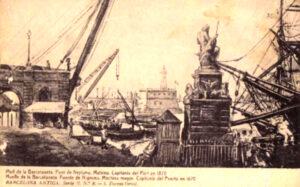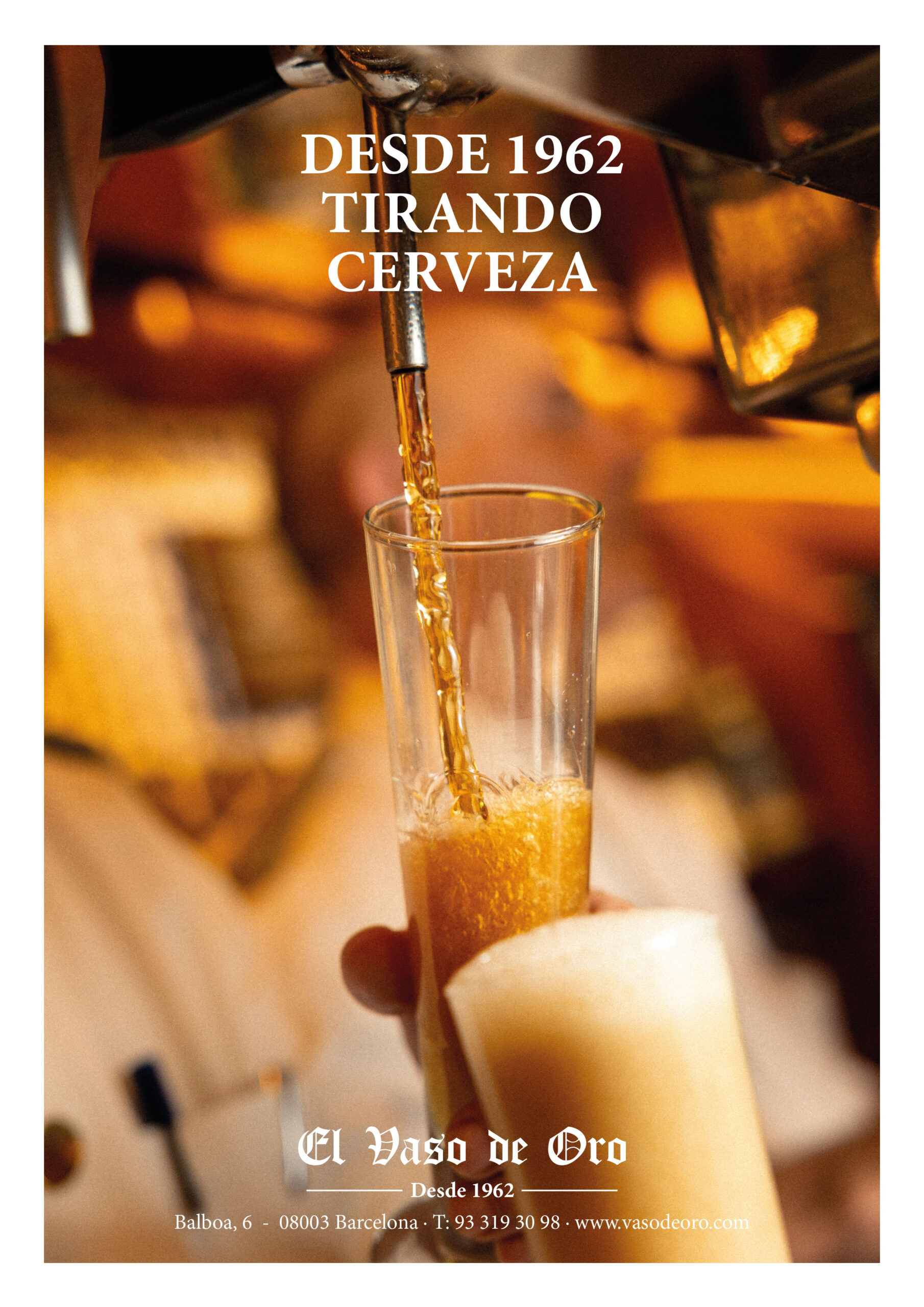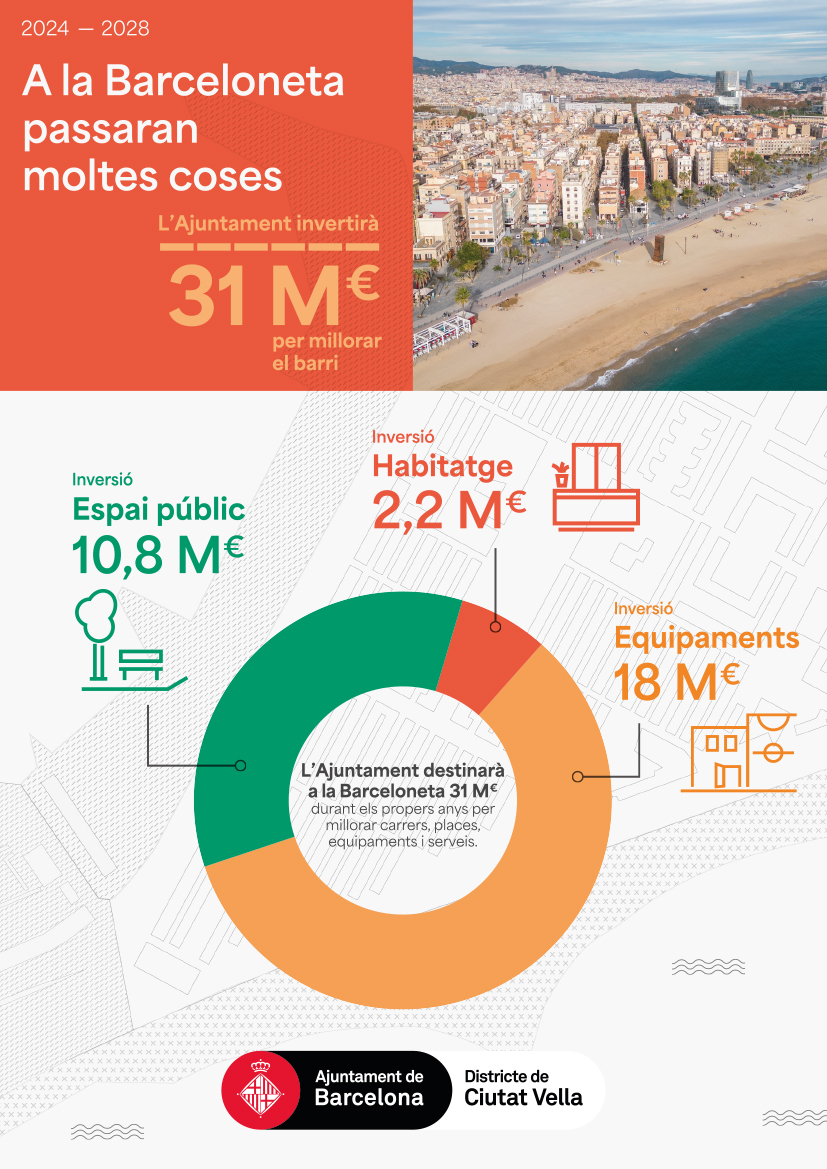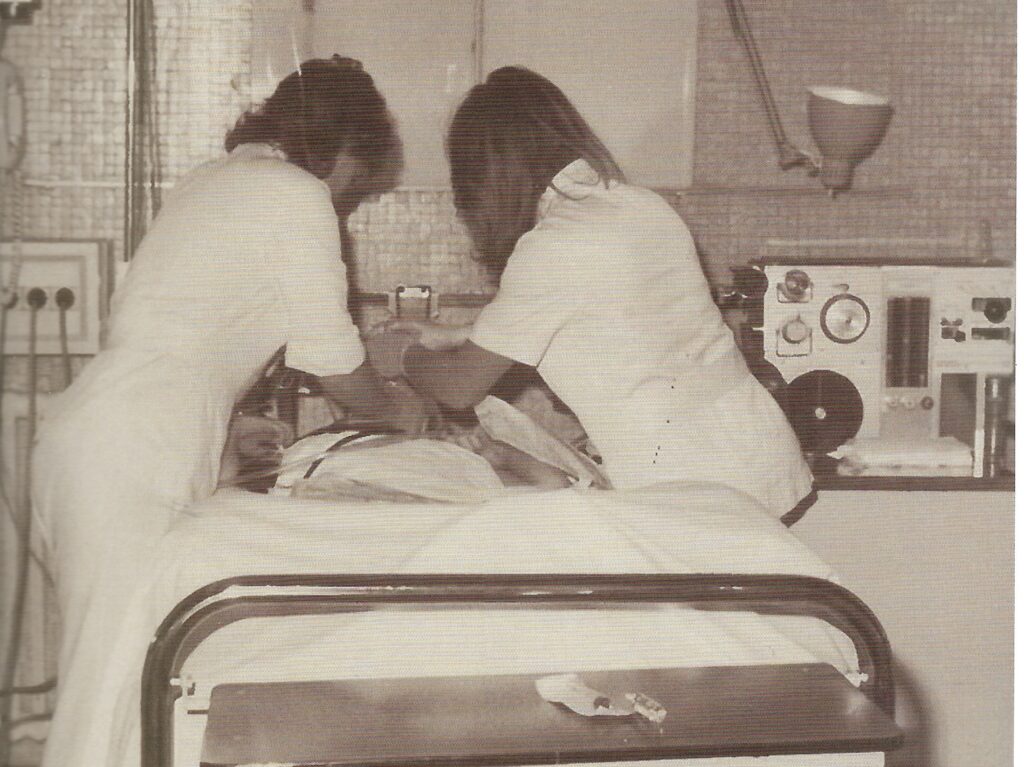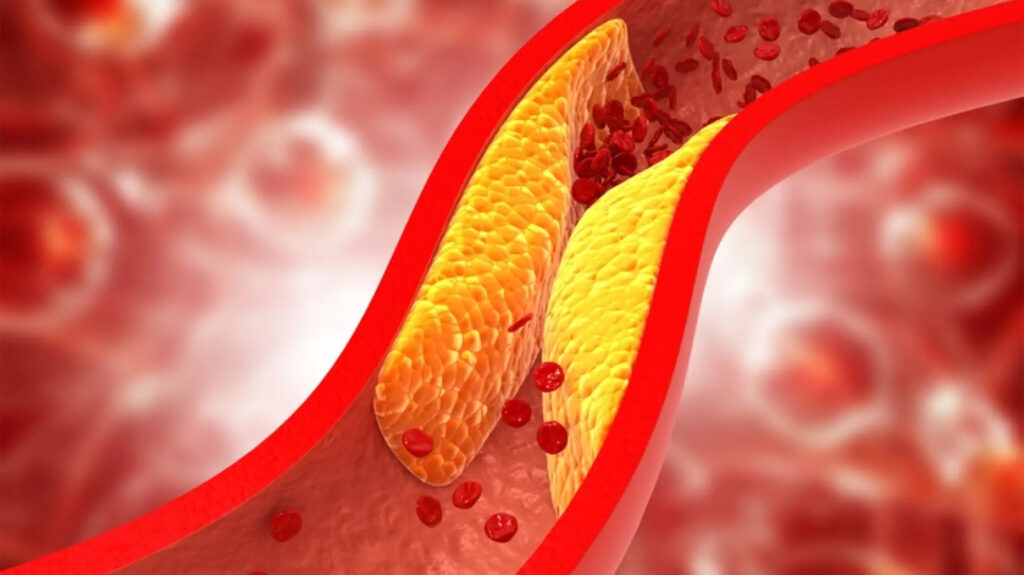For all those nostalgic people: who doesn’t remember Lola Flores, Estrellita Castro, Imperio Argentina or Marifé de Triana singing María de la O? “ What a miserable gypsy you were having it all!? “And what relationship does it have with our neighborhood? Well, narrower than we can imagine. But we will soon clear up any doubts.
The authors of the song were Salvador Valverde and Rafael de León, poets and composers of the lyrics, and Manuel Quiroga , responsible for the music. It was one of their most famous songs and it tells the story of a gypsy who breaks up with her lifelong gypsy fiancé to join a very rich payo. As time goes by, she will realize that money cannot buy happiness or love and she will regret having left the love of her life.
For years the collaboration and work of these co-authors was very close and prolific, they are the authors of such famous songs as “María Magdalena”, “Triniá” , “Ay , Maricruz” , ” Soleá” , “Candelaria mia” , ” Carcelera” , ” Doña Sol”, “Salomé”, “Rosa de Pasión” , “Samaritana”, ” I love you” , ” Bass the bridges of the Seine”, ” I don’t want you anymore , gypsy” or ” Green eyes “ . All of them were great hits during the Republic, essential in any dance halls or popular festivals, becoming part of the repertoire of our memory.
Who Were these three composers?
Salvador Valverde was a multifaceted artist, who was born in 1885 in Buenos Aires, and who stood out as a poet, journalist, comedian, writer of novels, stories, comedies, zarzuelas, film scripts and author of songs. He was quite fruitful, but, unfortunately, history played a bad trick on him.
Rafael de León was born in Seville, in 1908, into a family of the Spanish nobility. A great friend of Rafael Alberti and Federico García Lorca, he was always dedicated to art, poetry and the creation of song lyrics and was considered one of the literary members of the Generation of ’27.
Manuel López-Quiroga was born in Seville in 1899 and is better known as Maestro Quiroga . He was a pianist, composer and author of the music of countless songs, it is estimated that there are more than five thousand, many of them becoming very popular during the years of the Republic and throughout the Franco dictatorship.
The three co-authors met for the first time in the city of Madrid, where they began their creative collaboration. In 1935 they already moved to Barcelona, where the owners of the Poliorama theater had commissioned them to make a musical based on the song of “María de la O”, the premiere of which was, at the same theater, on December 19, 1935, with the company of María Fernanda Ladrón de Guevara.
At the same time, a few days before, specifically, on December 13, 1935, Margarita Xirgu debuted, at the Principal Palace in Barcelona, with her partner, Doña Rosita la Soltera by Federico García Lorca, and the magic made the four artists coincide.
What do these artists have to do with our neighborhood?
The key is given to us by the magazine El Mirador, a weekly magazine of literature, art and politics, where on the same day of the premiere it published an interview conducted with the three authors in the apartment they shared. As the interviewer Ernest Guasp put it, they lived in attics, in a very small house, on a somewhat narrow street.
The article published in the aforementioned weekly tells us:
By the way, this famous and inescapable song (referring to “María de la O”) was written and premiered in Barcelona, Rafael de León tells us, who has long since taken the thread of the conversation, by me and by Salvador Valverde and by the musician Manuel Quiroga , who I have the pleasure of introducing to you, in the attics of a very small house on the narrowest street in Barceloneta, where one day García Lorca visited us and assured us that we had earned immortality. The immortality? Yes, sir, and certainly not because of our songs, but because of the fact that the studio is at the top of such a narrow scale that if one of the three died there, the coffin would not pass.
We do not know where this studio on the top floor under the roof was. What they do tell us is that the street was very narrow, like all the streets in the neighborhood and that not even a dead person could fit on the scale, like almost all the scales in the neighborhood. With these clues it is practically impossible to identify where they were, but it could be that both the song and the play, “María de la O”, were created in our neighborhood. What is true is that Barceloneta hosted these illustrious composers for a few years and that the famous Granada poet, Federico García Lorca, visited them.
After this success, within a few months, the Civil War broke out and the three composers separated definitively. Manuel Quiroga returned to Madrid, while the other two, Salvador Valverde and Rafael de León, decided to stay together in Barcelona until the end of the confrontation. Rafael de León was imprisoned, during the last months of the war, in the Modelo prison in Barcelona, between 1938 and the end of the war. He was accused of being a monarchist and an aristocrat and was given a summary trial. He said, in his biography, that he was released thanks to the friendship with Federico Garcia Lorca and Antonio Machado. But it is true that he was released thanks to his partner Salvador Valverde, who requested and obtained a pardon for his friend.
When the war ended, the tables have turned: Rafael de León facilitated the exile of his friend, Salvador Valverde, thus returning the favor. Valverde and his family decide to go into exile in France, initially, where he organized and helped with the evacuation of entertainment people affiliated with the UGT. Then he went back to his city of birth, Buenos Aires, where he continued with his creative activities.
Starting in the 40s, Rafael de León and Manuel Quiroga collaborated again to compose songs, but now incorporating Antonio Quintero as a substitute for Salvador Valverde, who was completely forgotten in our country, where the Franco regime censored him and erased him from all artistic production.

